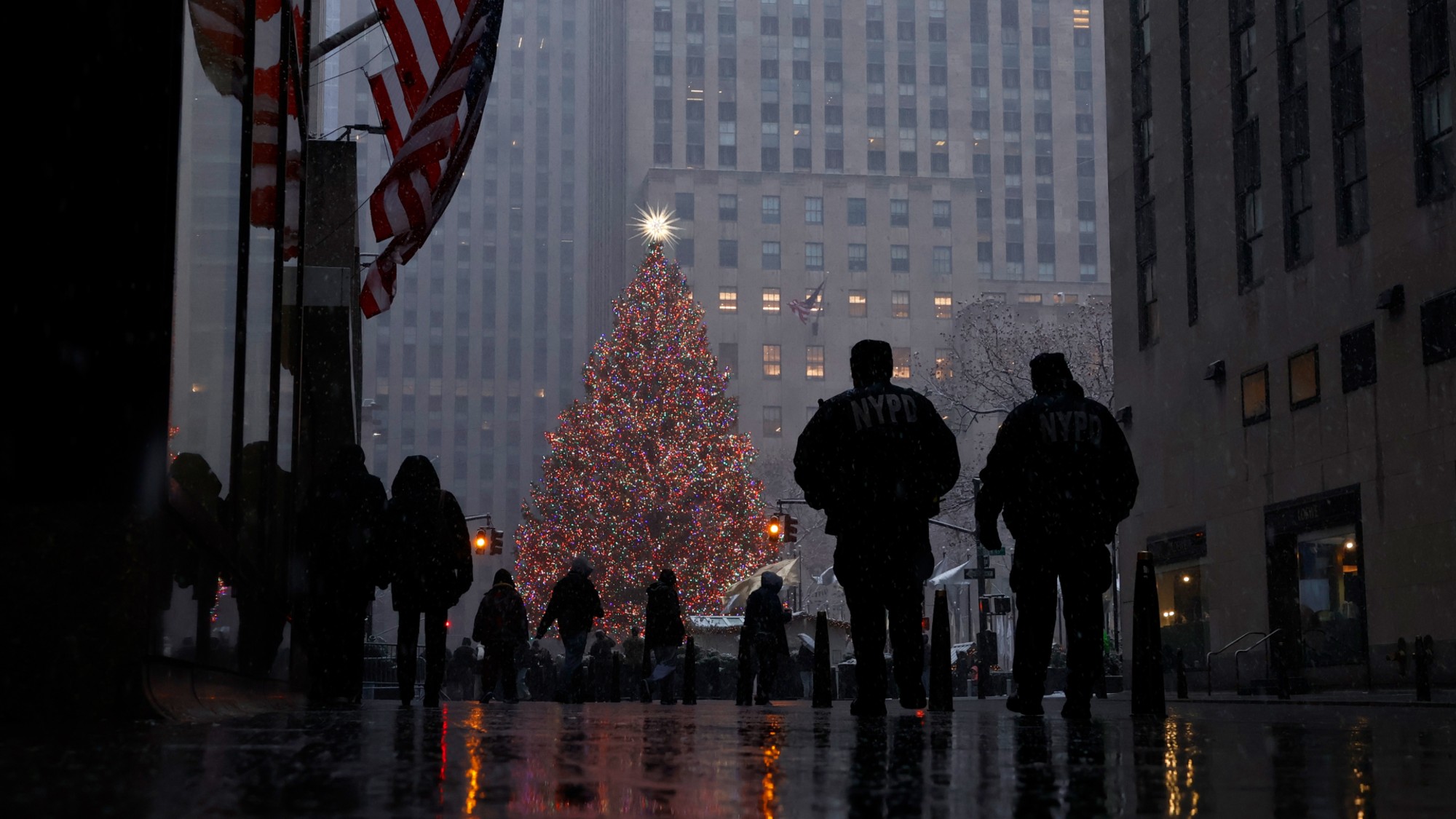Your kids can 3D print their own toys now
There's a certain appeal to telling your kid clamoring for a new toy that she ought to just go print it herself


Just a few years ago, the idea of kid-friendly 3D printers made for a pretty good April Fools' joke. Well, reality has caught up to the punchline. In February, Mattel launched its $300 ThingMaker, a 3D printer with a kid-friendly app that lets children design, print, and build their own toys.
The printer lets kids create everything from bracelets and necklaces to dolls, dinosaurs, and robots. The parts print out individually, so later in the day kids can return to assemble the interlocking ball-and-socket pieces into the objects and characters they dreamed up themselves.
Though the prices of 3D printers were once unthinkable for most, they've dropped considerably in recent years, and should continue to do so. Libraries, which often offer free or cheap introductions to the technology, are catching on, too. That means 3D printing is more accessible to adults. It only follows that kids are the next frontier.
The Week
Escape your echo chamber. Get the facts behind the news, plus analysis from multiple perspectives.

Sign up for The Week's Free Newsletters
From our morning news briefing to a weekly Good News Newsletter, get the best of The Week delivered directly to your inbox.
From our morning news briefing to a weekly Good News Newsletter, get the best of The Week delivered directly to your inbox.
In a certain sense, kids 3D printing their own toys is just an evolution from toys that were popular decades ago. In fact, Mattel's ThingMaker even takes its name from a popular toy the company released in the '60s that allowed kids to make flowers and creatures from plastic molds.
If the thought of children getting involved with a complex, new, and somewhat unproven practice still sounds too ridiculous, University of Colorado computer science professor Michael Eisenberg makes a great counterpoint by comparing 3D printers to computers.
"In both cases, the advent of home-accessible devices has sparked an interest in the use of the given technology by children. It is worth recalling how strange it seemed to many observers, back in the 1970s, that children — kids! — might actually use computers," Eisenberg wrote in a 2013 analysis of 3D printing for children. "The idea sounded almost absurd, as if someone today were to suggest that children could be given control of a high-energy collider."
Mattel's entry into the 3D printing game isn't the first kid-oriented initiative. MakerKids, a Toronto center that claims to be the first and largest children's makerspace in the world, offers 3D printing courses for kids ages 7 to 12. Kids learn how to print everything from Minecraft characters to custom wrenches.
A free daily email with the biggest news stories of the day – and the best features from TheWeek.com
"We've found that it's been a great way for kids to realize the possibilities that exist in this world and that exist in themselves," said MakerKids CEO Jennifer Turliuk.
If 3D printing does continue to take off for kids, Eisenberg wrote that they stand to benefit from using the technology.
"By creating tools that enable children to build their own dioramas, scientific instruments, kinetic artwork, model railroad settings, doll furniture, tops, and myriad other objects — by creating tools, that is, that fit naturally within the most challenging and expressive areas of children's intellectual lives — we can create a version of fabrication that reflects our most hopeful portrait of human experience," Eisenberg wrote.
Turliuk said kid-friendly 3D printing is a good way of introducing children — especially girls — to careers in STEM. The lessons in 3D printing can also start kids on entrepreneurial tracks, crafting their own prototypes for product ideas.
3D printing, of course, is not without its downsides. For an average family, $300 is probably far too expensive to drop on one kids' toy. And there are always questions surrounding the practicality, quality, and hype of 3D printing. But as more toys and instruction enter the market at accessible price points, more families may start to see 3D printing as an attractive part of kids' creative development.
"What I've seen is kids seeing, wow, I didn't know I could do this," Turliuk said.
Plus, there's a certain appeal to telling your kid clamoring for a new toy that she ought to just go print it herself.
Julie Kliegman is a freelance writer based in New York. Her work has appeared in BuzzFeed, Vox, Mental Floss, Paste, the Tampa Bay Times and PolitiFact. Her cats can do somersaults.
-
 How climate change is affecting Christmas
How climate change is affecting ChristmasThe Explainer There may be a slim chance of future white Christmases
-
 The MAGA civil war takes center stage at the Turning Point USA conference
The MAGA civil war takes center stage at the Turning Point USA conferenceIN THE SPOTLIGHT ‘Americafest 2025’ was a who’s who of right-wing heavyweights eager to settle scores and lay claim to the future of MAGA
-
 The 8 best drama movies of 2025
The 8 best drama movies of 2025the week recommends Nuclear war, dictatorship and the summer of 2020 highlight the most important and memorable films of 2025
